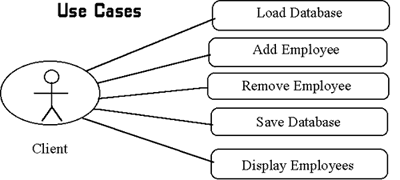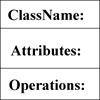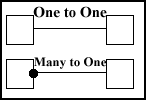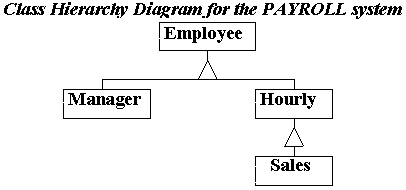First Three Steps On The Way can be illustrated by the "Payroll" Project
1. Capture User Requirements into a set of Use Cases
2. Recognize Classes
3. Form Object Model Diagram defining relationship of the Classes
4. Draw line for presentation(client), server and database management layers
5. Recognize reusable services and shared data
6. Define the screens and user interface with Human-Computer Interface experts
7. Define the date and scope of first deliverable targeting to prove the basic concepts and to get feedback from the client on the very early stages of the development
8. Use Style Guidance while coding and review the code regularly (it also keeps proper communication level for a team)
9. Share first results with domain experts. Make corrections and outline the plan to finish the project and to tune the performance.
Back To School















